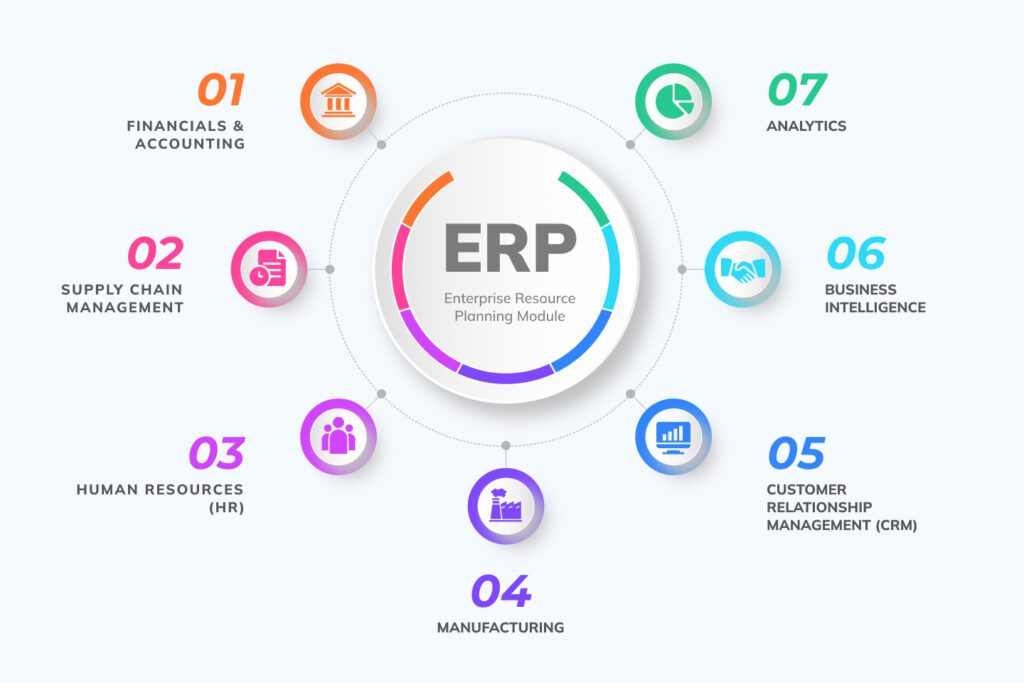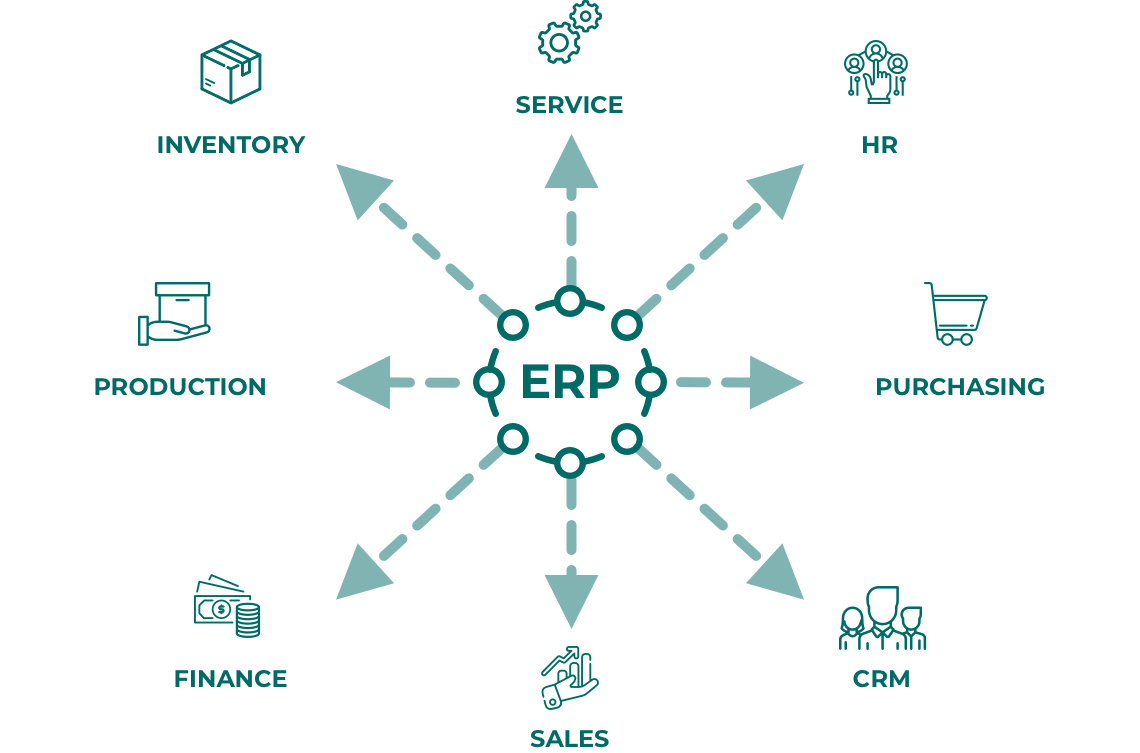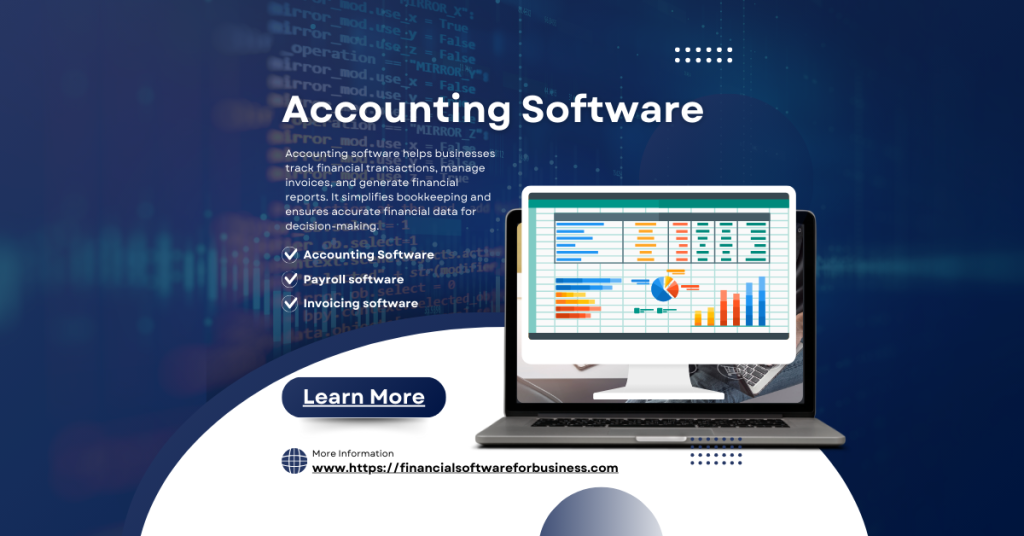Creating ERP software can seem like a complex task. But with the right steps, it becomes manageable.
ERP, or Enterprise Resource Planning, software integrates multiple business processes. It helps manage and automate various functions like finance, human resources, and supply chain. For businesses, ERP software can streamline operations and improve efficiency. But building it requires careful planning and execution.
You need to understand the specific needs of your business. You must also choose the right technology and tools. In this guide, we will explore the essential steps to create ERP software. From defining your requirements to testing and deployment, we’ll cover it all. So, let’s dive into the process and make ERP software development simple and straightforward.

Credit: flatlogic.com
Introduction To Erp Software
Creating ERP software involves planning, designing, and coding to integrate various business processes into a single system. Developers must ensure the software meets the specific needs of the organization.
What Is Erp?
ERP stands for Enterprise Resource Planning. It is a type of software. It helps businesses manage their day-to-day activities. These activities include accounting, procurement, and project management. It also helps with risk management and compliance. ERP systems integrate all these functions into one complete system. This system helps streamline processes and information across the entire organization. Many companies use ERP systems to improve performance. It also helps in decision-making. ERP software can be customized. It fits the needs of different businesses.
Importance Of Erp In Business
ERP software is very important for businesses. It helps them run smoothly. It keeps all data in one place. This makes it easy to access and analyze. Businesses can make better decisions. ERP helps save time. It automates many tasks. This makes work easier. Companies can reduce errors. They can improve customer service. Employees can focus on important tasks. ERP helps with planning. It helps with forecasting. This leads to better resource management. The software can grow with the business. It is a valuable tool for any company.
Planning Your Erp System
Start by knowing what your business needs. Look at daily tasks. Think about what takes the most time. Find areas where errors happen. Ask your team for their input. They know where the problems are. Efficiency is key. Focus on making things run smoothly. A good ERP system should make work easier. It should fit your business needs well.
Set clear goals for your ERP system. Know what you want to achieve. Make a list of key objectives. These should be measurable and realistic. Example goals could be reducing errors or saving time. Efficiency and accuracy should be top priorities. Track progress to see if goals are met. Adjust goals if needed.
Choosing The Right Technology
Choosing a good development platform is key. Many options are available. Consider Java, .NET, or Python. Each has pros and cons. Java is popular for its robustness. .NET offers strong integration with Windows. Python is known for its simplicity. Evaluate your team’s skills. This helps in making a smart choice. Also, consider the project’s needs. Each platform has unique features. Weigh them carefully.
Think about the database you will use. SQL and NoSQL are two main types. SQL is great for structured data. NoSQL is better for unstructured data. Both have their place. Cloud services can also be useful. AWS and Azure are popular choices. They offer many tools and services. Make sure the technology fits your budget. Also, think about future growth. Will the technology scale? These points help in making an informed decision.
Designing The Erp System
Start by listing all business needs. Make sure to include all departments. Write down every process. This helps in understanding what the ERP system should do. Talk to the team. Get their input. Brainstorm ideas. Sketch the design. This will be your blueprint. It guides the project. It helps keep everyone on the same page.
Decide on the technology stack. Choose languages and tools that fit your needs. Think about security. Plan how data will flow. Make it easy to use. Think about scalability. The system should grow with your business. Plan for future needs. Test the design. Make sure it works well. Keep it simple. Simplicity is key. Document everything. This helps in future development.
Developing Core Modules
The Finance and Accounting Module is vital. It helps manage the money flow. This module tracks income and expenses. It also creates financial reports. It ensures all transactions are recorded. This helps with budgeting and planning. It makes sure all data is accurate. This module also helps with tax calculations. It ensures compliance with laws. It’s important for business success.
The Inventory Management Module keeps track of stock. It helps control supplies. This module tracks items in and out. It updates stock levels in real-time. It prevents overstocking or shortages. It helps with order management. You can see what is available. It aids in planning and forecasting. This module also tracks product locations. It ensures efficient use of resources. This module is key for smooth operations.
Integrating Additional Features
Customer Relationship Management (CRM) can help track customer interactions. This feature stores important customer data. It helps to manage customer feedback. CRM can improve customer service. Sales teams can track leads and sales. This makes it easy to follow up. Businesses can see customer buying patterns. This helps in making better marketing plans.
Human Resources Management (HRM) keeps track of employee details. It stores personal information and work history. HRM helps in managing payroll. It tracks employee attendance. This feature also handles leave requests. HRM can manage employee benefits. It can track performance reviews. This makes managing employees easier.
Testing And Quality Assurance
Functional tests check if each part of the software works. Start by listing all functions. Make sure they do what they should. Test each function one by one. Catch any errors early. Fix them before moving on. Repeat the tests to ensure all issues are fixed.
System security is very important. Check all data entry points. Ensure they are safe. Use strong passwords. Encrypt sensitive data. Regularly update the software. This keeps it safe from new threats. Train users on security best practices. This reduces human error risks.

Credit: vilmate.com
Deployment And Training
First, prepare your team for ERP deployment. Make sure all hardware and software are ready. Next, install the ERP software. Follow the installation guide carefully. Check if the system runs smoothly.
Then, test all features. Fix any issues quickly. Ensure data is accurate and secure. Finally, get feedback from users. This helps improve the system.
Begin with simple training sessions. Show employees how to use the ERP system. Use clear and simple words. Give hands-on practice. This helps employees learn better.
Create manuals and guides. These will help employees later. Offer regular updates on new features. Keep training ongoing. This ensures everyone stays updated.
Maintaining And Updating The System
Regular checks keep your ERP system healthy. Identify and fix bugs quickly. Clean up old data to keep the system fast. Backup your data often. Ensure software and hardware are compatible. Regular maintenance saves time and money.
Upgrades add new features and improve performance. Test new features before full deployment. Train users on new upgrades. Keep the system up-to-date with the latest technologies. This ensures efficiency and user satisfaction.

Credit: yellow.systems
Conclusion
Building ERP software requires patience and careful planning. Understand your business needs first. Choose the right tools and technology. Break down the development process into manageable steps. Keep testing and refining your software. Engage with your team for valuable feedback.
Remember, good ERP software streamlines operations and boosts productivity. Stay committed to continuous improvement. This approach ensures your ERP software remains effective and relevant. With dedication, you can create an efficient ERP solution that meets your business goals.


